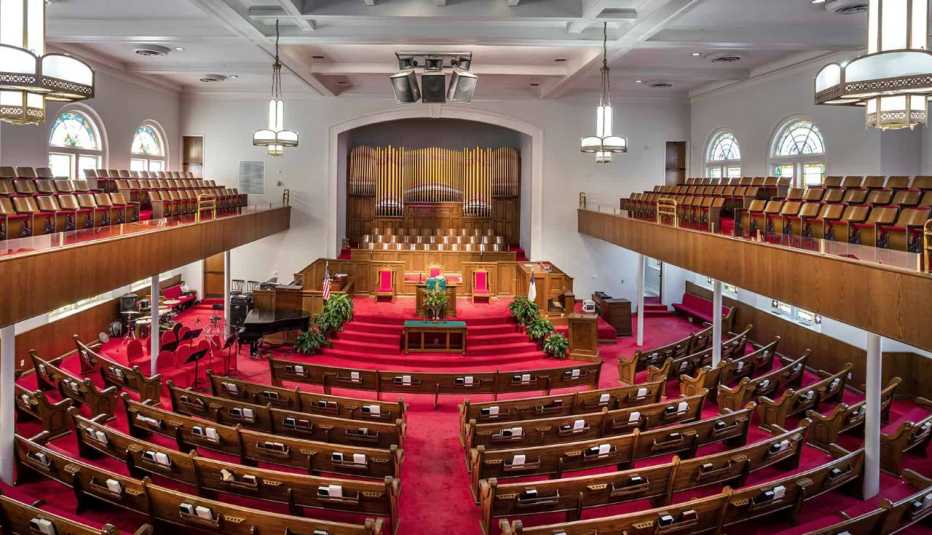AARP Hearing Center


America’s struggle for civil rights had many battlegrounds.
In Little Rock, Arkansas, history was made at a high school, where soldiers escorted nine students past taunting crowds to integrate a formerly all-white campus. In Greensboro, North Carolina, it unfolded at a lunch counter, where months of sit-ins won the right for customers of any race to order a cup of coffee.
Today, it’s easy for travelers to visit these places, thanks to the U.S. Civil Rights Trail, a public initiative launched in 2018 that links more than 100 key sites across 15 states and the District of Columbia. The 10 destinations described below vividly help recount the cruelty of Jim Crow segregation, offering an unblinking look at the racial violence and hatred that consumed a society — as well as the remarkable stories of ordinary individuals who showed incredible bravery in the face of injustice.


Edmund Pettus Bridge, Selma, Alabama
If the civil rights movement has hallowed ground, it’s at the foot of this bridge, the site of Bloody Sunday, where demonstrators were beaten in March 1965 as they tried to march from Selma to Montgomery in support of voting rights. Everyday visitors try to imagine that moment as they cross the same span — literally following in the footsteps of activists such as John Lewis. The future congressman from Georgia, then 25, saw a crowd of police waiting with nightsticks and continued walking. It’s part of the 54-mile Selma-to-Montgomery National Historic Trail.


F.W. Woolworth's Building: International Civil Rights Center & Museum, Greensboro, North Carolina
Take a stool at the original lunch counter where four Black college dormitory mates refused to leave until they could order a cup of coffee and a doughnut, launching one of the most famous protests in U.S. history. The sit-in continued daily until summer, when the store finally relented. The interactive museum offers small-group, 75-minute guided tours for $25 for adults (purchase online) and a seated tour (you watch a filmed version of the guided tour in the auditorium), with a self-guided walk-through for $15. You can also watch the filmed tour online ($10) or watch the film and participate in a live discussion with a museum docent over Zoom ($15).
134 South Elm St.; 336-274-9199; closed Sundays


The National Memorial for Peace and Justice, Montgomery, Alabama
The stunning memorial to thousands of lynching victims has been called the most significant public monument built since the Vietnam Veterans Memorial in Washington, D.C. As visitors walk through the open-air building, they encounter 800 rusted steel columns — one for every county or jurisdiction where a lynching occurred. Nearby (about a 15-minute walk), the companion Legacy Museum, in a former slave warehouse, preserves soil from the murder sites, among many other artifacts.
Memorial, 417 Caroline St.; museum, 400 N. Court St.; 334-386-9100. Legacy Museum entrance is $5 with timed entry tickets available online. Closed Mondays and Tuesdays.








































































More on travel
Find a Job You Love. Again.
Find a Job You Love. Again.
Carter G. Woodson's Impact on Black History Month
The Harvard scholar fought to preserve African American contributions to society
William Barber II Reframes the Civil Rights Movement for Modern Times
Five injustices, including poverty and racism, hold back America's potential, he says
Recommended for You